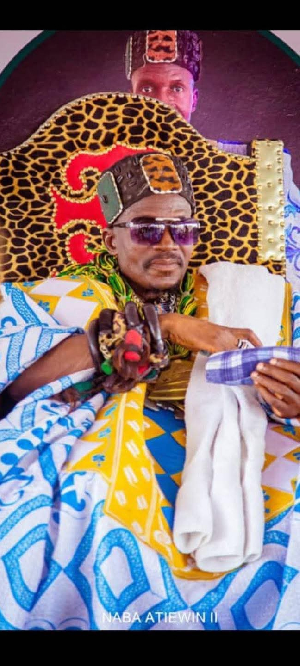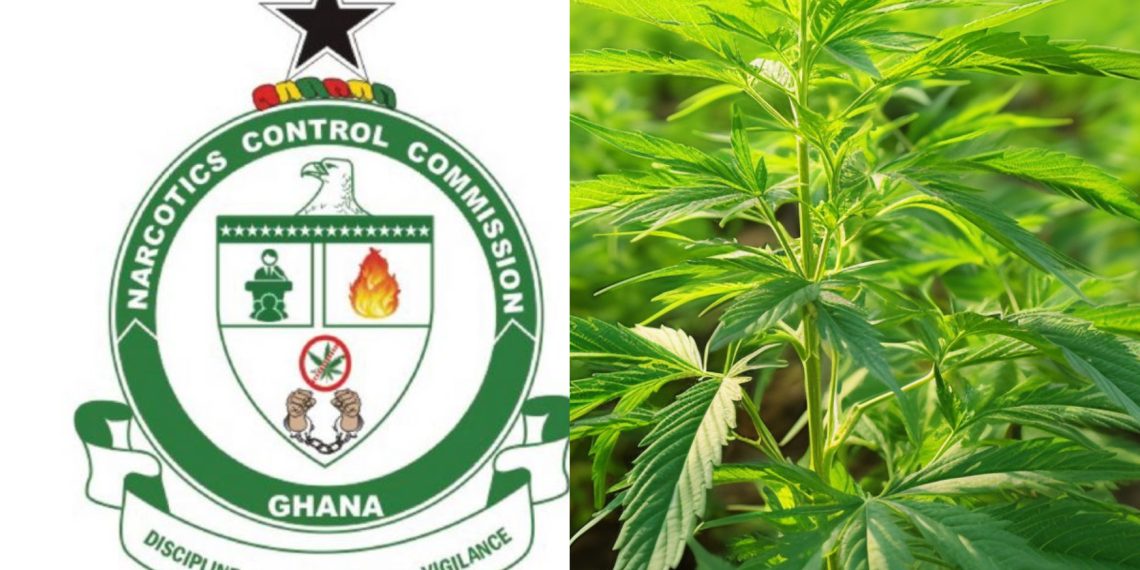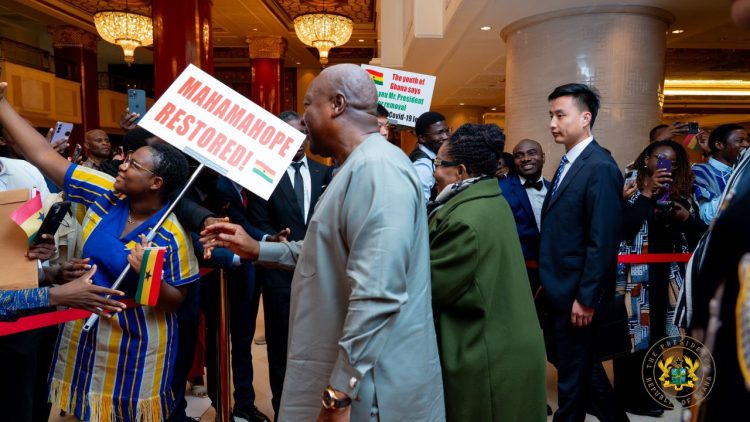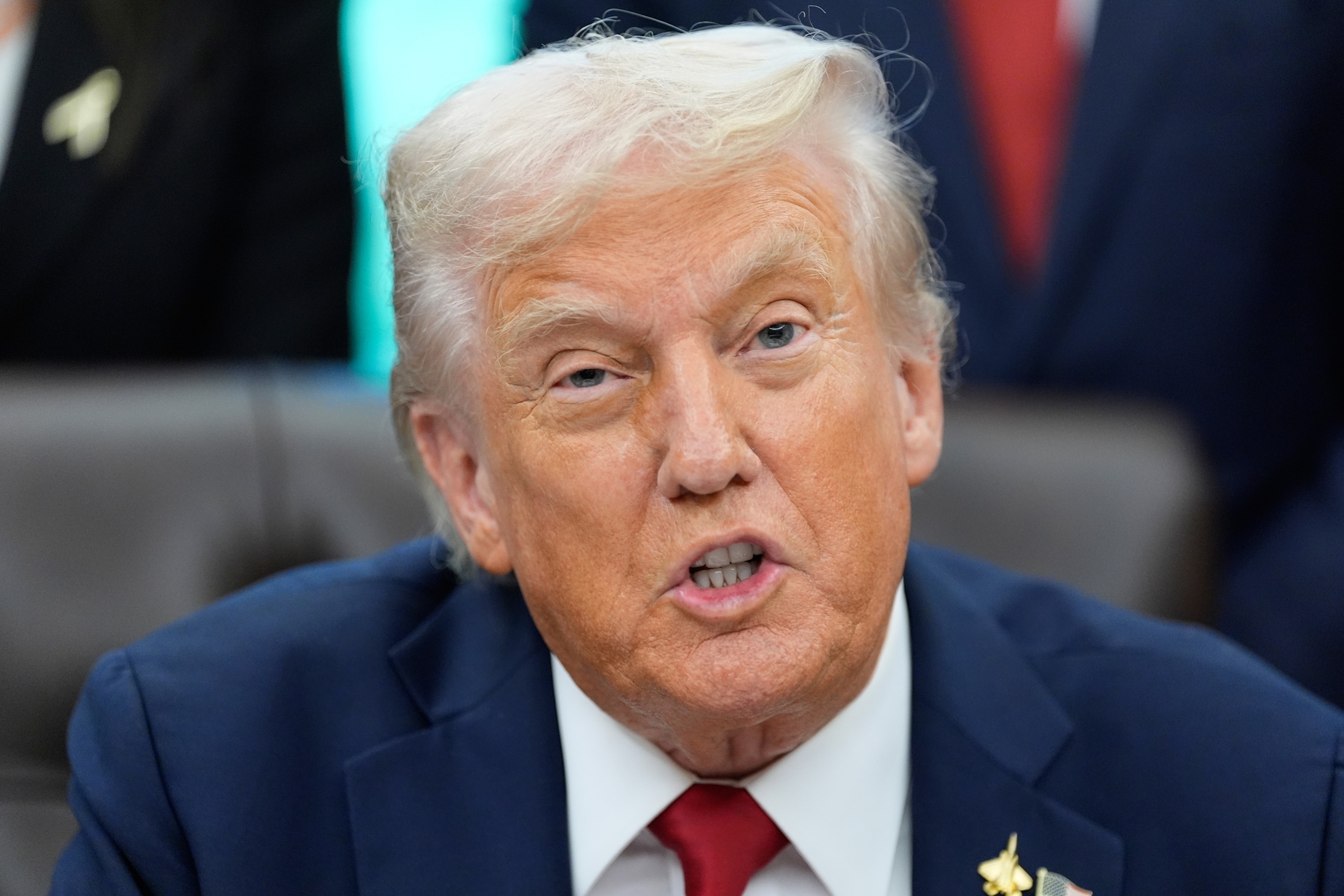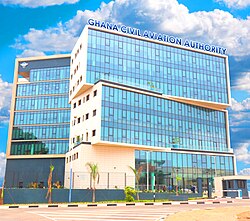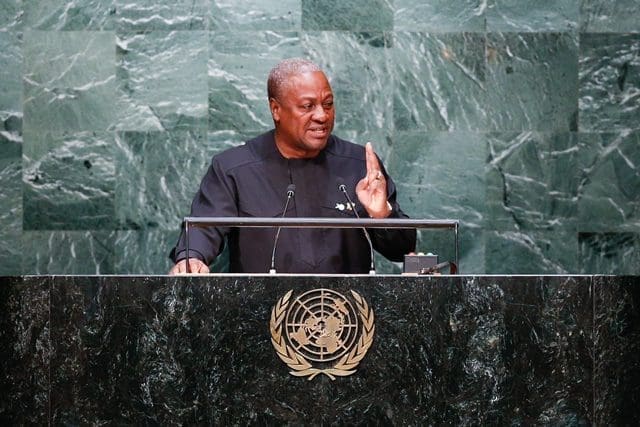Disability is a global human rights issue affecting over 1.3 billion people around 16% of the world’s population, according to the World Health Organization (WHO).
Despite being the largest minority group worldwide, persons with disabilities often remain marginalized, stigmatized, and underrepresented in almost every sphere of society.
As the world advances technologically and socially, the need for inclusive development that truly embraces people of all abilities has never been more urgent.
What Is Disability?
Disability is a broad term that refers to impairments, activity limitations, and participation restrictions. It can be physical, mental, intellectual, or sensory in nature and may be congenital (present at birth) or acquired later in life.
The WHO defines disability as a complex phenomenon, reflecting an interaction between features of a person’s body and features of the society in which they live.
Types of Disabilities
1. Physical Disabilities;These affect mobility or dexterity (e.g., spinal cord injuries, amputations, muscular dystrophy).
2. Sensory Disabilities;Include impairments in vision or hearing (e.g., blindness, deafness, low vision, partial hearing loss).
3. Intellectual Disabilities;Characterized by limitations in intellectual functioning and adaptive behavior (e.g., Down syndrome, Fragile X syndrome).
4. Psychosocial or Mental Disabilities;Involve disorders such as depression, anxiety, bipolar disorder, or schizophrenia.
5. Invisible Disabilities;These include chronic pain, fatigue, neurological conditions like epilepsy or autism, and learning disabilities such as dyslexia.
Causes of Disability
Disability can result from a range of factors including:
• Genetic and congenital conditions
• Infectious diseases (e.g., polio, meningitis)
• Injuries from accidents or violence
• Chronic illnesses (e.g., diabetes, stroke)
• Environmental and social factors, including malnutrition, poor prenatal care, and conflict or war
Global Statistics and Realities
• Over 80% of people with disabilities live in developing countries, where access to services is limited.
• Children with disabilities are 2.5 times more likely to never attend school than their non-disabled peers.
• People with disabilities face twice the risk of unemployment globally.
• Women and girls with disabilities are particularly vulnerable to gender-based violence, discrimination, and exclusion.
• In many cultures, stigma and superstition contribute to the marginalization of persons with disabilities.
Barriers Faced by Persons with Disabilities
1. Physical Barriers
Inaccessible buildings, transportation systems, and public spaces.
2. Social Barriers
Discrimination, stigma, stereotypes, and exclusion from community life.
3. Communication Barriers
Lack of sign language interpreters, braille materials, or easy-to-read formats.
4. Economic Barriers
Higher rates of poverty due to unemployment or lack of opportunities.
5. Policy and Legal Barriers
Weak or unenforced laws, absence of inclusive policies, and limited political representation.
Disability Rights and Legal Frameworks
Several international treaties and national laws have been developed to protect and promote the rights of persons with disabilities:
• United Nations Convention on the Rights of Persons with Disabilities (CRPD)
Ratified by 190+ countries, this treaty aims to ensure full and equal enjoyment of all human rights by persons with disabilities.
• Americans with Disabilities Act (ADA)
A landmark U.S. law passed in 1990 prohibiting discrimination in all areas of public life.
• European Accessibility Act
Sets minimum accessibility requirements for products and services in the EU.
• Ghana’s Persons with Disability Act (2006)
Aims to eliminate discrimination and promote the rights of persons with disabilities, though implementation remains a challenge.
Progress and Innovations in Disability Inclusion
1. Assistive Technology
Innovations like wheelchairs, hearing aids, screen readers, and voice recognition software empower people with disabilities to live more independently.
2. Inclusive Education
Mainstream schools around the world are increasingly adopting universal design for learning (UDL) principles and integrating students with disabilities.
3. Disability-Inclusive Development
Governments and NGOs are working to embed disability in all aspects of policy, from housing to healthcare and climate action.
4. Representation in Media and Politics
More persons with disabilities are appearing in film, television, and leadership roles—reshaping public perceptions.
Inspiring Stories of Change
• Malvika Iyer – A bomb-blast survivor from India who became a renowned disability rights activist and motivational speaker.
• Aaron Fotheringham – A wheelchair motocross athlete who redefines possibilities in sports.
• Judith Heumann – Widely considered the “mother of the disability rights movement” in the U.S., played a key role in drafting the CRPD.
What Still Needs to Be Done
• Stronger enforcement of disability rights laws
• Greater inclusion in employment and entrepreneurship
• Improved data collection on disability to inform policy
• Cultural shifts to combat stigma and promote acceptance
• Funding for community-based rehabilitation and social protection programs
Conclusion
Disability is not inability. With the right policies, inclusive attitudes, and community support, persons with disabilities can thrive and contribute meaningfully to society. But it requires a shift—from seeing disability as a charity issue to recognizing it as a matter of justice, rights, and equality.
As the world moves forward, let us not leave behind those who have already spent generations fighting just to be seen.




